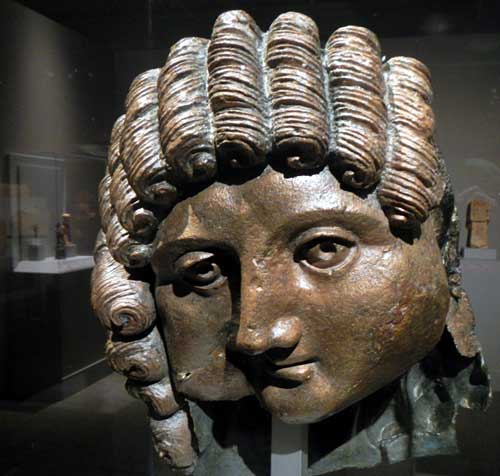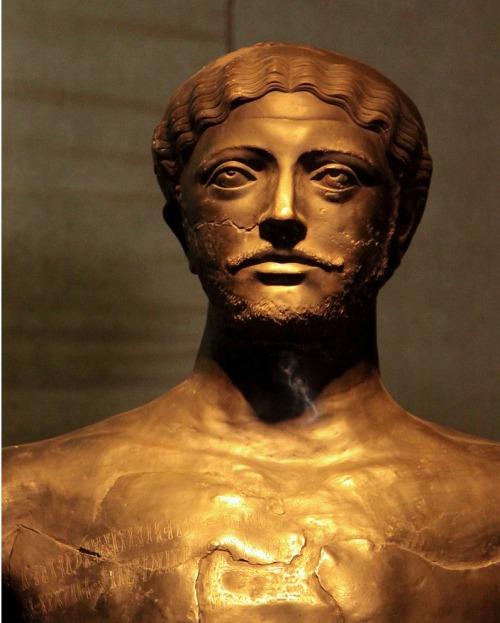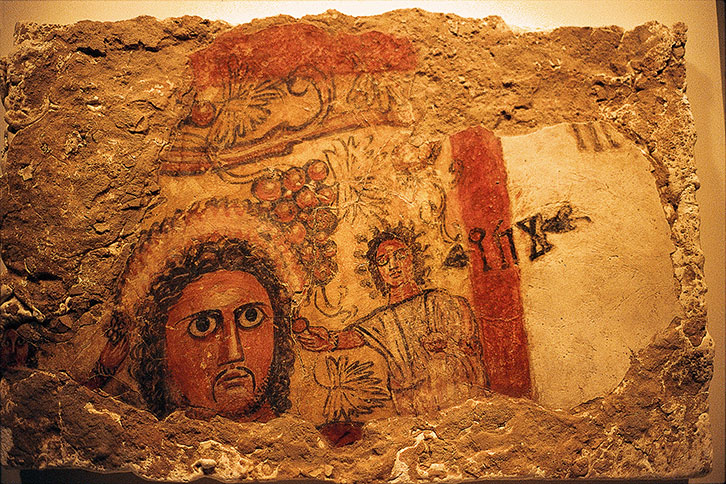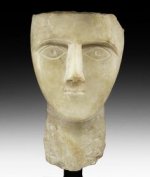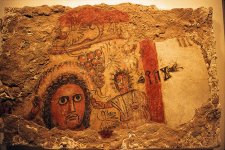Johannes
Regular Member
- Messages
- 435
- Reaction score
- 33
- Points
- 0
- Ethnic group
- Celtic/Germanic/Basque
- Y-DNA haplogroup
- I2a1
That source says 20% in the occupied territories only, it does not take into account the entire population of the peninsula, and it seems a bit too high to me. Other sources (example: Fermin Miranda Garcia and Yolanda Guerrero Navarrete) say probably less than 10%. The about 5% or actually even less figure comes from here, who is a Professor Emeritus of Hispano-Arabic Studies:
https://books.google.com/books?id=j...re of perhaps thirty or forty to one.&f=false
"It is assumed that the Arabs who settled the Peninsula were numerically far fewer than the Berbers. Whatever their respective proportions, both groups would have been outnumbered by the indigenous population by a figure of perhaps thirty or forty to one. The immense majority of the indigenous inhabitants may be divided amongst those who became Muslims and those who did not."
Simple arithmetic from such proportions shows the estimated percentage: for every 1 Berber/Arab foreigner about 30 to 40 Visigoths, Hispano-Romans, Iberians and Celtiberians = only 3.22 or 2.43% of the population. Allow some room for possible errors, and you get about 5%, more or less. Again, hardly impressive numbers. Most historians specializing in Iberia agree that the number of Muslim foreigners, whether Arab or Berber, was very small. The reason why Islam managed to survive so many centuries in Iberia is beyond any shadow of a doubt thanks to the support it gathered from the huge numbers of local converts, starting with the Visigoths themselves (ironically romanticized by many as some supposed great defenders of Christianity.)
The book by Taha is not new, it was already published in 1989. In fact, the above cited professor Hitchcock uses it as a source in his own book.
Its strange that Taha's book came out at about the time I was doing all my research on Medieval Iberia and I never even heard of it until now! Maybe because it was published by a Muslim that it never saw light in USA??
The professor is very vague on his figures. Does he explain how he arrived at those proportions?
Of course in the occupied territories it was 20%. In the whole North the Berbers were insignificant but in the areas where they settled they had an impact and added to the NW DNA of Iberia, not by much, but by some points. The Berbers and their families who converted to Christianity in the lowlands of Galicia and Leon did not stop reproducing children. They eventually increased and mixed with the Germano-Celtic population and added to the DNA and that is why the percentages are higher in the W than in the E. If we take the 500,000 Berbers and divide them by 5,000,000 you get 10% not 5%. But in my opinion it was higher, something like 12.5 % because I believe there were only 4 million inhabitants during the Early Middle Ages. And this figure reflects the DNA studies found in modern times.
Well it depends on what kind of population figure you are using. Are you still using 7 million Iberians from the 5th century to the 11th century? How did you calculate this figure of 2.43 or 3.22%???
Last edited:













